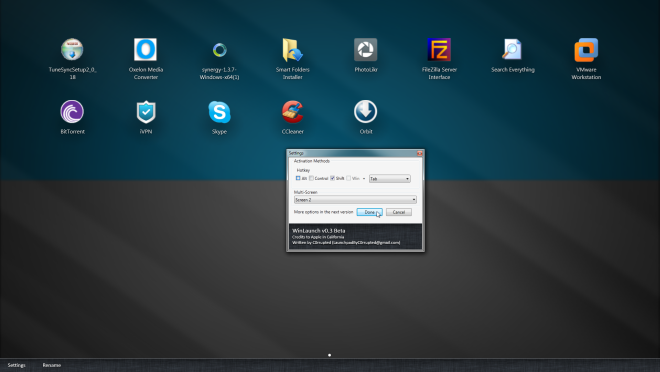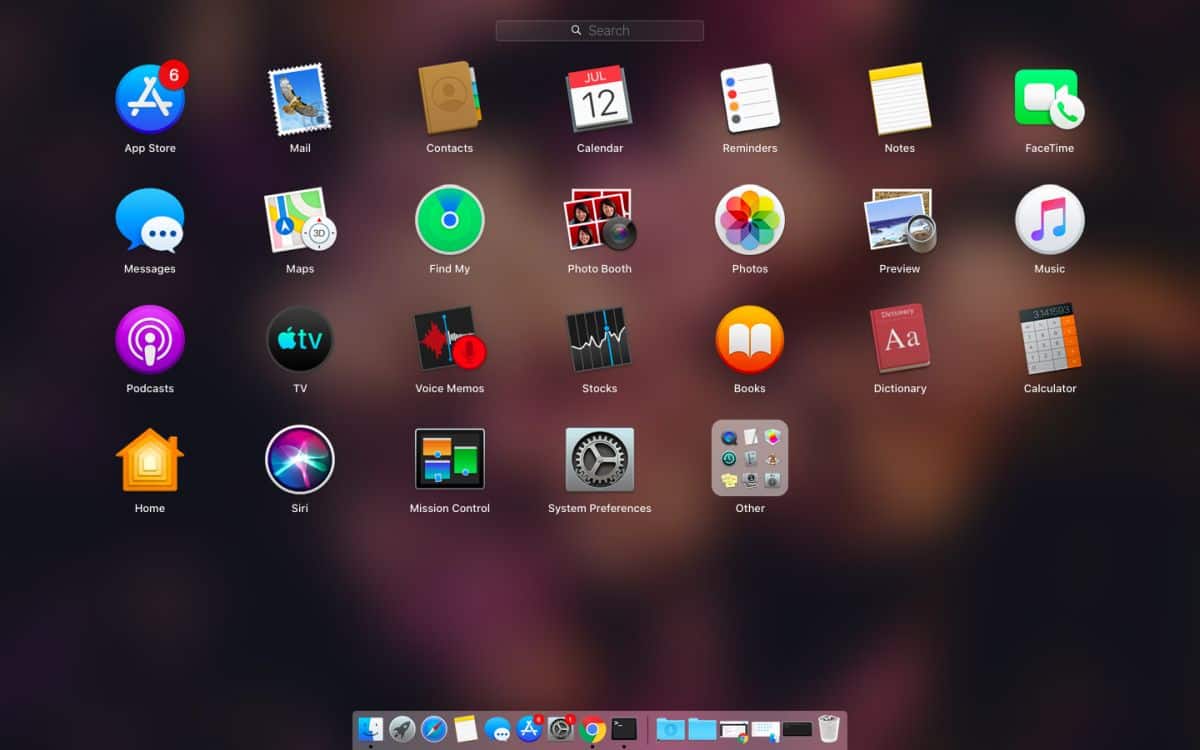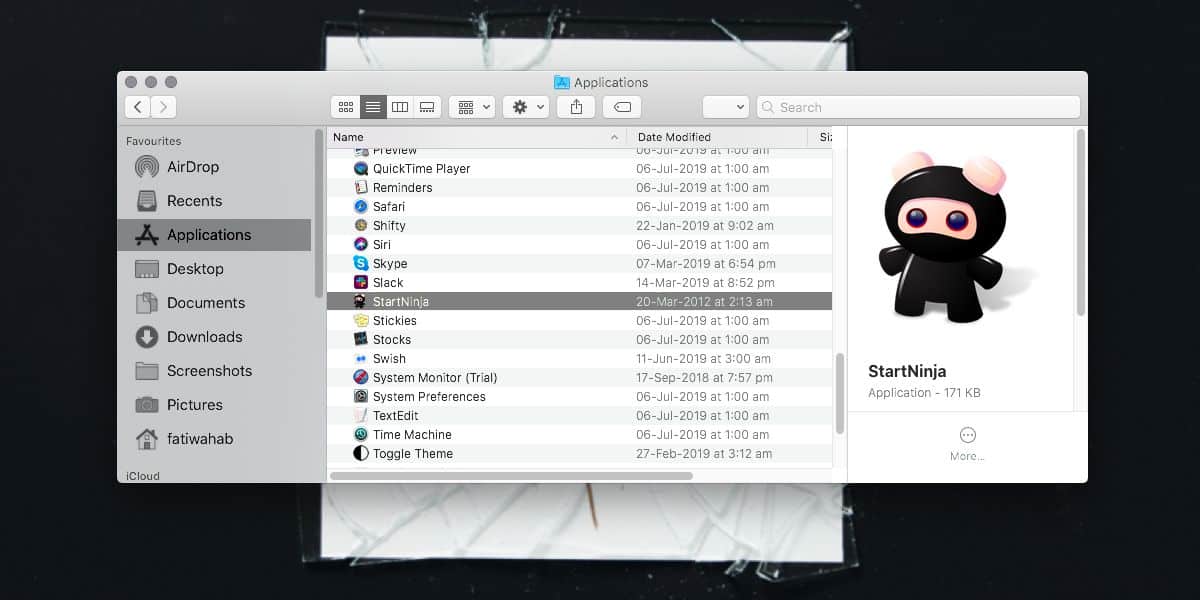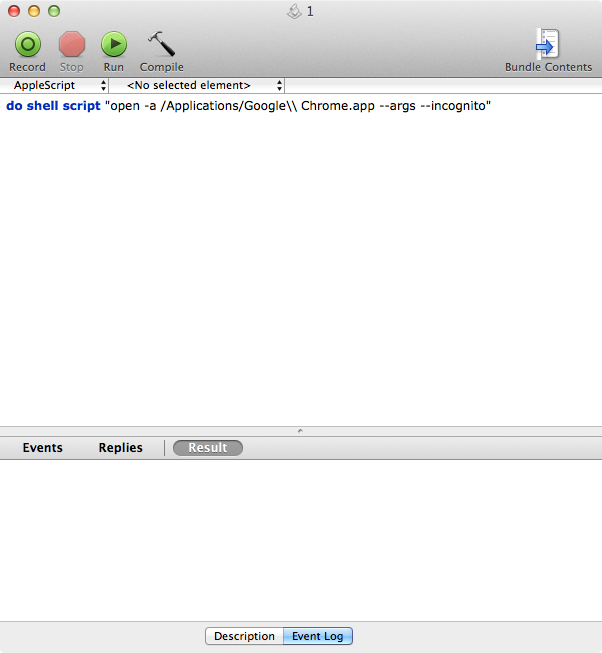Il Launchpad in OS X è ottimo non solo peravvio di app, ma anche per mantenerle organizzate. Le cartelle che crei in Launchpad non sono vere cartelle create nella cartella Applicazione e che ti consentono di mantenere le app che usi frequentemente raggruppate in modo diverso dall'elenco delle app installate. L'unico problema con le icone delle app in Launchpad è che puoi spostarle solo in una cartella e non nasconderle completamente. Questo è praticamente come spazzare lo sporco sotto il tappeto; le icone delle app sono ancora lì, sebbene nascoste in una cartella e appena nascoste. La cosa buona è che puoi rimuovere le icone delle app da Launchpad con un semplice piccolo script e non preoccuparti che l'app venga eliminata dal tuo sistema.
Per eliminare le icone da Launchpad, devi prima aprire AppleScript Editor e incollare il seguente script in esso.
on open the_items
my Lighten_LaunchPad(the_items)
end open
on Lighten_LaunchPad(the_items)
repeat with the_item in the_items
set the_item to the_item as alias
--try
tell application "Finder"
set nameString to name of the_item
set sost to (my get_the_name(nameString)) as string
end tell
display dialog "Are you sure you want to remove "" & sost & "" from the Launchpad? The app itself won"t be deleted." try
set my_command to "sqlite3 ~/Library/Application\ Support/Dock/" & "*.db "DELETE from apps WHERE title=" & (quoted form of sost) & ";";osascript -e "tell application "Dock" to quit""
do shell script my_command
on error the error_message number the error_number
activate
if the error_number is not -128 then
if the error_number is 1 then
set the error_text to "Error: " & the error_number & ". " & "You probably have too many old versions of the LaunchPad database file." & return & return & " To fix that, move some old ones out of ~/Library/Application Support/Dock. You can safely move any file with a name that ends with ".db" or ".db.backup" except for the most recently modified one." & return & return & "Do you want me to open that folder for you?" display dialog the error_text buttons {"Yes, please open it.", "Cancel"} default button 1
if button returned of the result is "Yes, please open it." then
do shell script "open" & space & quoted form of POSIX path of (path to application support folder from user domain) & "Dock"
end if
error number -128
else
set the error_text to "Error: " & the error_number & ". " & the error_message display dialog the error_text buttons {"Cancel"} default button 1
end if
else
error number -128
end if
end try
end repeat
display dialog "All done!" buttons {"OK"} default button 1
end Lighten_LaunchPad
on get_the_name(nameString)
tell AppleScript
set olD to text item delimiters
set text item delimiters to "."
set reqItem to -1
if last item of nameString = "." then set reqItem to -2
set theName to text item reqItem of nameString
--try
set theNameNoExt to ((text items 1 through (reqItem - 1) of nameString) as string)
set text item delimiters to olD
return {theNameNoExt}
end tell
end get_the_name
on run
set the_items to ((choose file) as list)
Lighten_LaunchPad(the_items) end runSuccessivamente, salva lo script come app ovunque tu voglia. Ora avvia questa app e si aprirà una finestra del Finder. Seleziona l'app che vuoi rimuovere da Launchpad e conferma quando ti chiede se vuoi veramente cancellare la sua icona. Il Dock ora verrà riavviato e l'app verrà spostata dal Launchpad. Ripetilo per tutte le icone che desideri rimuovere da Launchpad e dovresti farlo.
Se desideri ripristinare l'icona di un'app inLaunchpad, non è necessario fare affidamento su questo script (o su qualsiasi altro strumento, del resto); apri semplicemente la cartella Applicazioni e trascina l'icona dell'app su Launchpad.
Tieni presente che rimuovere e aggiungere icone comequesto non manterrà intatta la struttura delle cartelle nel Launchpad. Quando aggiungi nuovamente un'icona dell'app che era stata precedentemente ordinata in una cartella prima di rimuoverla, non verrà ripristinata nella sua posizione precedente e dovrai rilasciarla di nuovo manualmente nella cartella di tua scelta.
Se stai bene dovendo installare un'altra app per questo scopo, potresti provare il controllo del Launchpad.
[attraverso Suggerimenti per Mac OS X]










Commenti